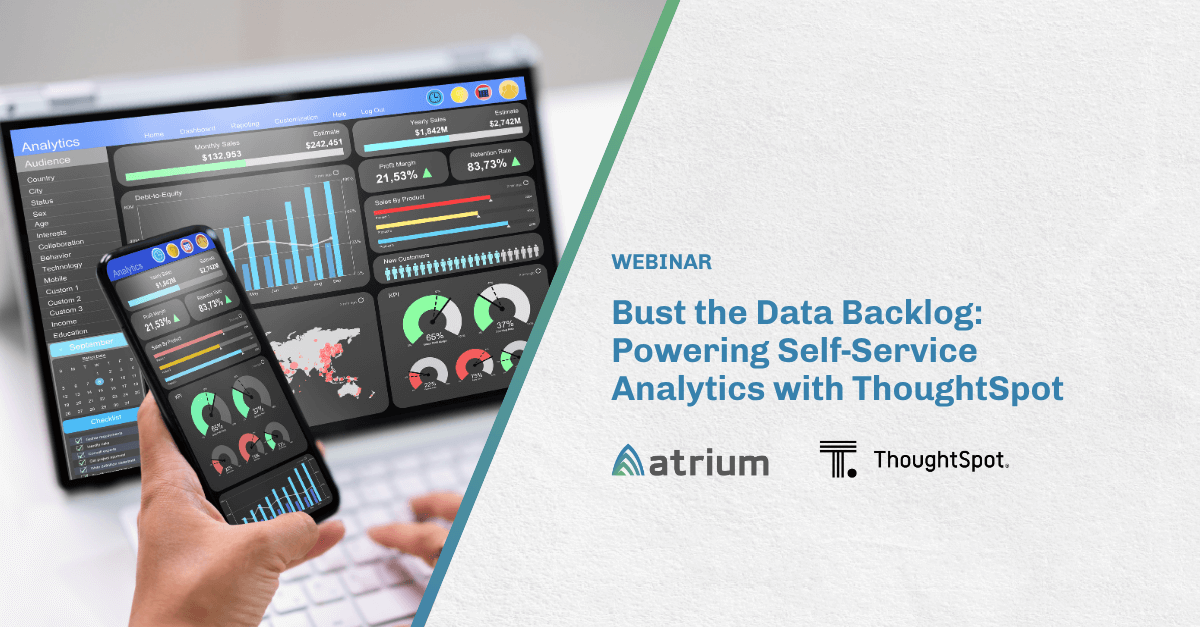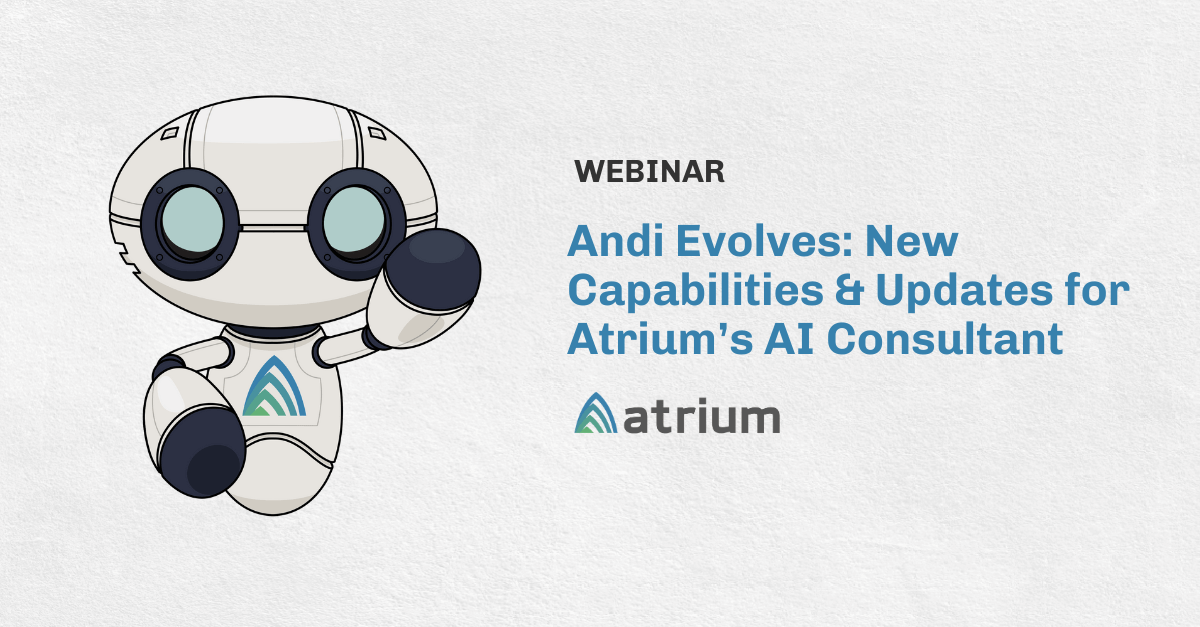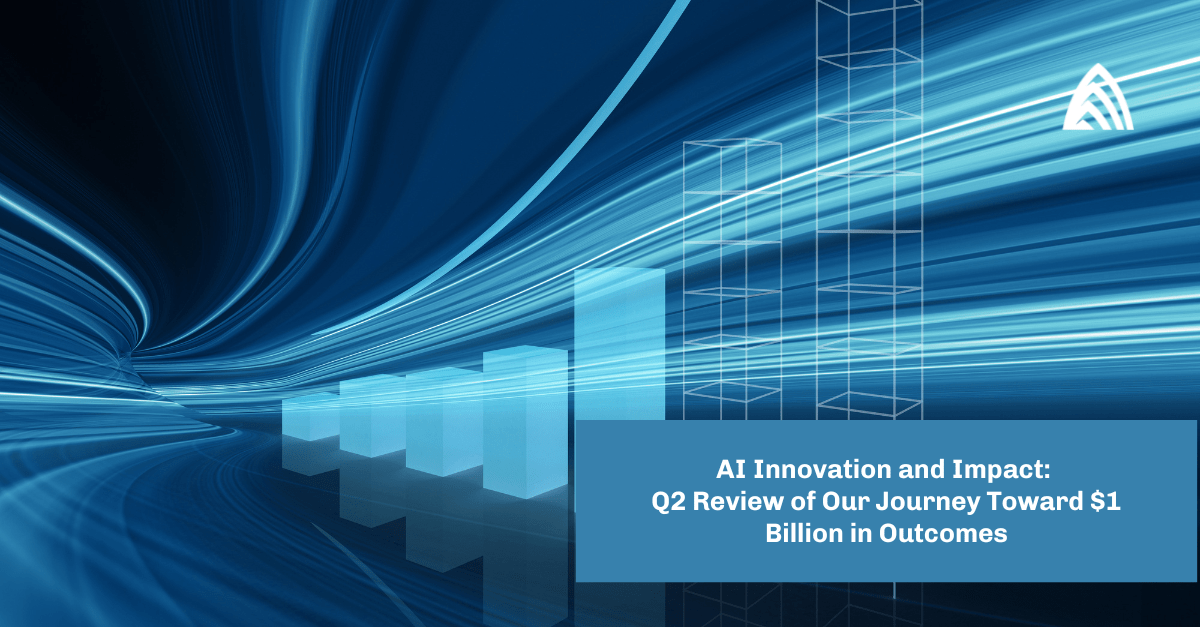Your business can benefit greatly from using AI and machine learning to transform your data, systems, and platforms into actionable data intelligence and insights. But it can be challenging to know how to get started with AI in the first place. What are the right questions to ask? Do you have the quality data you need? Are you looking at a massive digital transformation project?
Here we’ll dive into the do’s and don’ts associated with your AI initiatives so you can hit the ground running and set yourself up for repeatable, scalable success.
Do Understand the Basics, but Spend Most of Your Time Focusing on the Business Outcomes AI Capabilities Will Enable
AI is a science that requires highly specialized skills, an understanding of statistics, and adherence to scientific principles and laws beyond our business understanding. AI and machine learning will require running experiments and setting up new types of supporting infrastructure. Large, complex statistical calculations will be used to build machine learning models containing cumbersome specialized coding languages. Data will need to be extracted, reformatted, tuned and run through the models in what is defined as “training.”
However, as business leaders, we can hire and outsource these costly and specialized skill sets. What we cannot easily hire is the key business understanding and knowledge of how to run our businesses, and thus, where we need to shift our focus.
By first setting the proper business goals, we ensure the AI models will be developed to achieve the ROI and outcomes applicable to our specific business case. Do we want to increase revenue or close deals faster? Or perhaps we want to understand what products are more likely to sell in the APAC region. By first defining our strategic and measurable business outcomes, we can ensure that we maximize the impact AI will have to our organization.
Don’t Overestimate the Current State of AI and Machine Learning
Amara’s law states: “We tend to overestimate the effect of a technology in the short run and underestimate the effect in the long run.” This law resonates loudly in this Fourth Industrial Revolution, where big impacts are promised and expected quickly, as many business leaders search for turnkey solutions for their AI initiatives.
Before we go on, let’s debunk a myth about AI and machine learning: There is currently no out-of-the-box, plug-and-play, one-size-fits-all solution. We are still in the early stages and a long way from that realization.
So to set expectations for your organization and its stakeholders, one must first understand there will be work and time investment needed to stand up machine learning for their specific business use cases. It’s not going to be an overnight process; it will require scientific iterations of machine learning modeling and data conformance to get there. AI is a paradigm shift from delivering technology system capabilities to exploring the treasure stores of information across departments and searching for signals in your data. Knowing this out of the gate will help set the right expectations for your organization — and brings us to our next point.
Do Keep Your First AI/Machine Learning Effort Well Contained and in an Area of Business You Already Understand and Predict Well
We have established that AI is a journey, a process that will grow over time. Step one is key: get your learning underway. Your first machine learning modeling efforts will set the foundation and establish your infrastructure and framework for your AI initiatives. It’s better to begin with something you know and do well in your business. That way, you and your team can more accurately validate whether or not your first model works and provides the expected results to your business outcomes.
For example, if you have a good idea of which deals are most likely to close, begin with a scoring model and then determine which opportunities are more likely to close. This is a great start and one of the easier models with which to begin your journey.
Or, another example: one of your business lines or salespeople has a good handle on the probability of what deals are likely to close. In this case, you could run your model against manually computed results.
Once you have proven the model out, you can then apply it holistically to additional product lines or reps and immediately begin to gain benefit from AI. It is all about scaling and efficiency. Sure, staff can calculate results manually, but once you can apply a model, you’ve just increased speed and efficiency that can scale across a larger or growing team.
Don’t Try to Boil the Ocean
The good news is that you can take an incremental approach by finding a high-value use case that’s going to have a big business impact. Taking a surgical approach to data cleanup and hygiene issues is recommended over tackling a large, multi-year enterprise data transformation initiative. Having data governance and striving for enterprise data standards are both very important, but business moves fast; we have to be flexible enough to work on these initiatives in tandem.
When it comes to data readiness and working with tools like Salesforce’s Einstein, targeting a single use case and taking an incremental approach can get you to value quicker. When going through the data modeling process, for example, this will reveal certain discrepancies with your data and gaps that we want to capture in the transactional application and workflow. As a part of this process and iterating through this live exercise, it’s going to inform what changes we need to make to your transactional system. As we iterate over time, this virtuous cycle will begin to happen.
Once your team starts using these solutions and using these workflows more, they are going to start to add in better quality data, and are going to have better process compliance, which will help inform better models.
Do Define Who Will Be Using the Results of AI and What Actions They Will Want to Take in Response
Once a model exists, it doesn’t magically start producing results. It provides information but still needs to be applied to your business. This is where your action framework comes in. You must determine upfront who will use the results of the models and how they will use the information. You will need to involve your business experts to help define what changes to daily workflows and activities will be needed to best act upon the information.
Using the opportunity scoring model we started as an example, you need to define what actions the sales reps will take against their prioritized list of deals. Will they schedule extra video meetings with the buyers for those deals most likely to close? Or will they make calls? For those deals low on the list, will they be ignored or put on a list to receive follow-up marketing materials? There could be a variety of actions to take.
Determining the best actions, as well as making them clear and easy to execute within the business workflow and system, is critical to realize your investment in AI. This is not the data scientist’s role, but rather something business leaders must do to truly see the value of their AI models.
Don’t Stop There — Understand That AI and Machine Learning Models Need Ongoing Care and Feeding
So you have your first model built and have defined what actions should occur as a result of the outcomes. This is a great start. Models, however, can deteriorate as business needs change over time, so models should be evaluated and adjusted to ensure they align with the dynamic world around them. Knowing this is a need upfront can ensure proper TCO assessments and budget planning for quarterly model reviews. Continuous improvements and accuracy will translate into trust in AI throughout your organization.
Visit our services page to learn more about our analytics and AI solutions.








